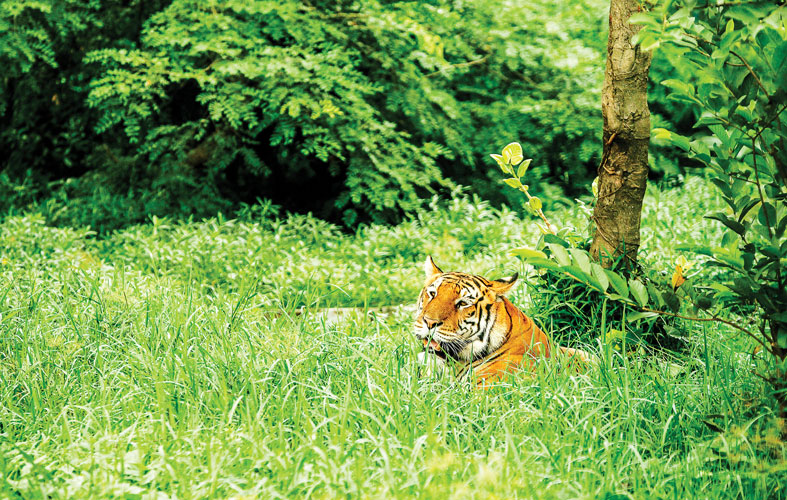ED: Much more than a symbol

Dhaka, 11 August, 2020: The Bengal Tiger is a permanent part of our national identity. We need to do a better job of honouring and preserving this treasure
The Bengal Tiger population in Bangladesh has been on a worrying decline for years now. This majestic beast, nothing less than a symbol of Bangladesh, is tragically on the verge of extinction. It is high time we did something about it.
According to the 2017-2018 census, only 114 tigers have been identified on the Bangladesh side. Compare this to the 2004 census, when there were 440 tigers, including 21 cubs. This steep decline speaks to a human failure of prioritizing conservation.
This is sad because while many development projects have moved forward at full speed, nature and biodiversity have languished.
On a policy level, we have failed to understand the importance of protecting not just the Bengal Tiger, its habitat, the Sundarbans, which is not only a heritage site as identified by Unesco but a unique national treasure which gives incalculable benefits to Bangladesh.
We ignore nature and biodiversity at our own peril. But not only have our conservation efforts been half-hearted, but we also have not even been able to take sufficient action against poachers. Even in this time of the pandemic, shockingly, poaching goes on.
With 80% of all poaching remaining unreported, the problem is much greater than is commonly understood. With the tiger and so many other species endangered as a result of human activity, no quarter can be given to those to continue this terrible trade for shallow profit.
The Bengal Tiger is a permanent part of our national identity — even our cricket team bears this name. We need to do a better job of honouring and preserving this treasure.

